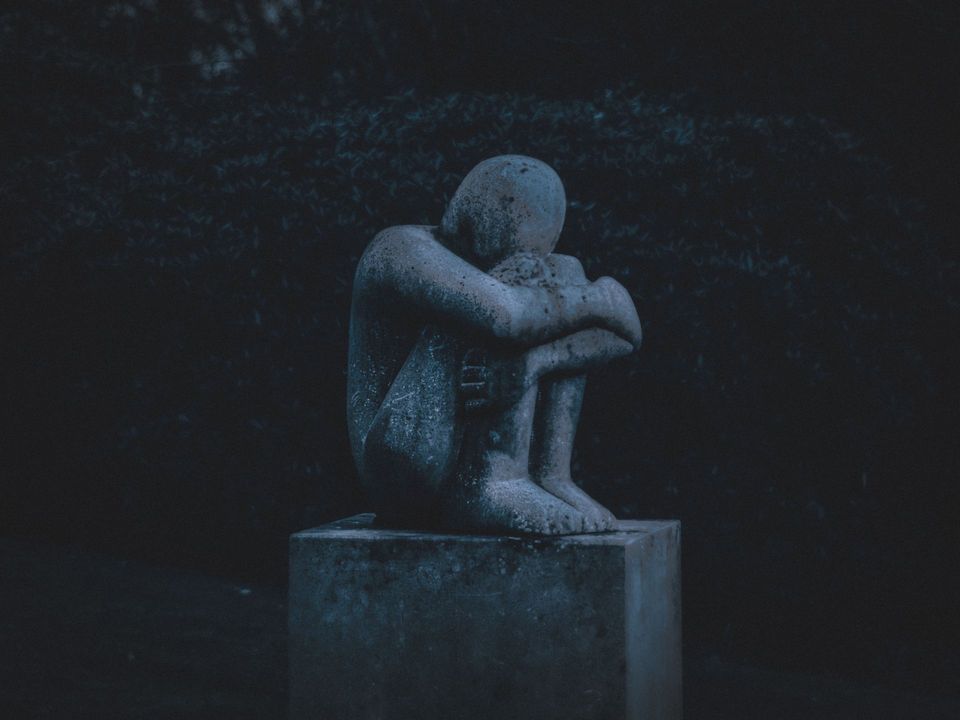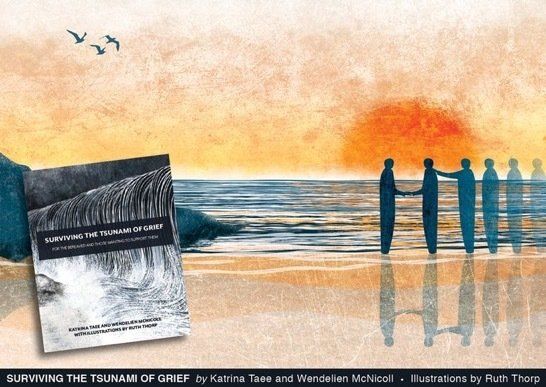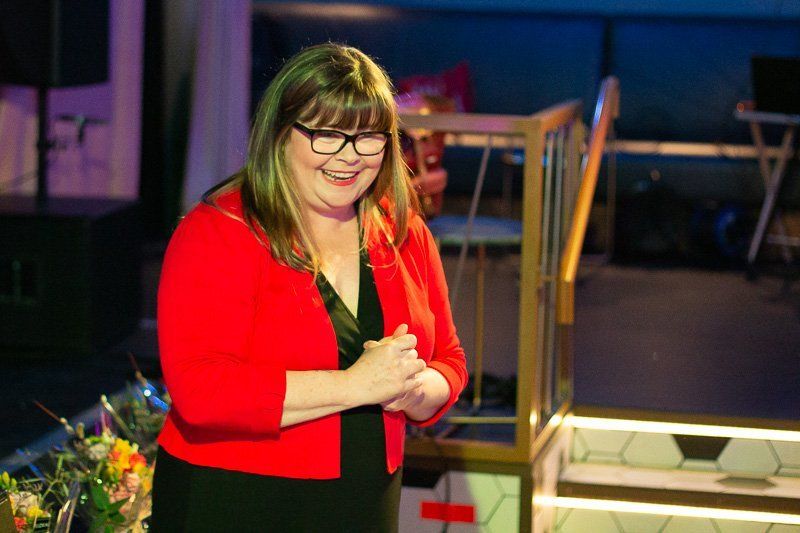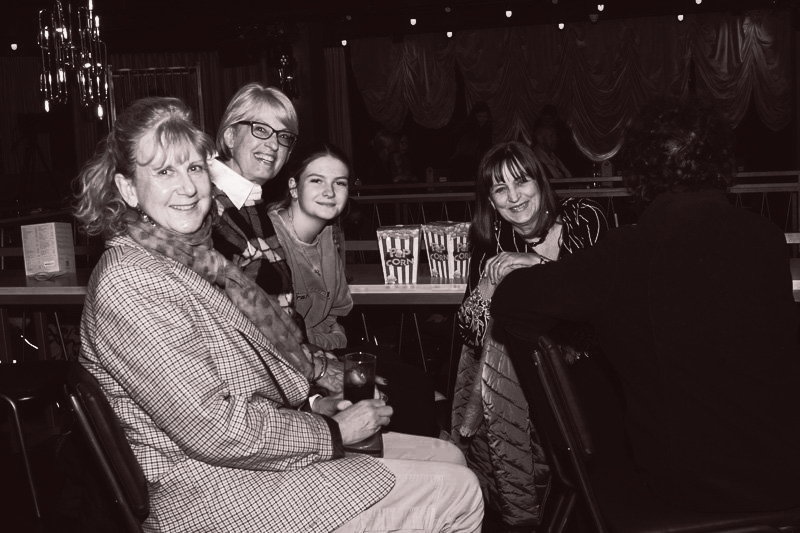CREATIVE WAYS FAMILIES AND FUNERAL DIRECTORS CAN APPROACH FUNERALS DURING THE CURRENT CRISIS
Katrina Taee and Wendelien McNicoll • April 8, 2020
We offer some suggestions which may be meaningful for those who are faced with a funeral to plan at this difficult time of the COVID 19 crisis.

“Our physical presence may be restricted for now,
but our imagination and the love we hold for each other is limitless”.
Sarah Chavez, Director of The Order of the Good Death
During this crisis, the Government is changing the way Funeral Directors (FD) care for the deceased
and is advising on best funeral practice given the nature of COVID 19 (see link below). We are entering a time when sadly, there will be many deaths where families may not be able to be with their loved one’s death or the funeral. This can make grief more complicated to navigate.
We have been thinking about ways in which families might be able to feel closer to their loved one following an enforced separation at the time of death. We recognize that the updated restrictions in place about the care of body of the one who has died, may bring additional upset and grief to families.
Funeral Directors have a burden of responsibility to manage the risks of COVID19 for themselves and their clients and their own families too, whilst conducting a thoughtful and reflective service for those who have been bereaved. They are being asked to do this at an acute period of national and international stress and anxiety.
In part, due to this unprecedented time we all find ourselves in, a unique bond may be created between the Funeral Director and the relatives. They are planning the funeral remotely together, often not seeing the whole family, perhaps not being able to grasp all the dynamics or picking up on all the non-verbal cues they might if they were seeing a family face to face. They wish to honour the deceased and give the family the service they desire but they are doing it within Government restrictions and legal requirements. It must be quite a balancing act.
They are professionals but they are also human beings. They do realise this presents very difficult circumstances for families. If you have decided to have a Memorial Service later in the year, we suggest considering using the same Funeral Director if this is practical and financially possible, to help you plan that event. That way you would ensure continuity of care and attention. That bond may be equally important to the funeral staff as it is to you, the family, and could prove important in the grieving process.
We would like to offer some suggestions below which may be meaningful for those who are faced with a funeral to plan at this difficult time. We must all bear in mind, if someone has sadly died of the virus, it may not be possible for the body to be touched as COVID 19 is a Certifiable Disease and as such there are legal requirements in place to protect everyone. You would need to check with your own FD, as to the current situation. The Government’s advice is updated regularly so it is always worth checking the latest.
SOME IDEAS WHICH MIGHT BE HELPFUL:
Ask your FD to take a photograph of your loved one, or of their hand (if this would be meaningful to you).
Can your FD do a tracing of the deceased’s hand (if touching is allowed)? It could potentially be copied and decorated later-on in any way families want: some suggestions are: silver leaf, photo chromic ink which changes colour when exposed to sunlight or simply colouring or painting. This might be a helpful way to involve children in the funeral.
Can your FD cut some locks of hair? They can be tied with ribbon and put into a little bag or envelope.
WHAT SORT OF THINGS CAN THE FAMILY PUT IN OR ON THE COFFIN:
If the body cannot be dressed because of infection risk, ask if your FD will lay the chosen outfit or clothes on top of the body.
Loved ones could make a ‘kiss mark’ (with lipstick) on paper and ask the FD to tuck it into a pocket of the clothing.
Letters, words, photos, poems and drawings could be scanned to (or taken to the Funeral Home, if permitted) and put with the deceased for burial or cremation or laid on top of the coffin so they can be seen. This is a particularly practical and special way to include children in the funeral rites.
SOME IDEAS FOR THE FUNERAL ITSELF:
One aspect of this more isolated time is that families can ‘let go’ of hosting the funeral and ‘being strong’ because the service will be very intimate and could potentially be more meaningful because of that. Family who are present, can hold the space for all the mourners who cannot be present and that is a precious role. It may feel solitary with just a few present, but it is important to recognize that the mourners, are part of a huge collective grief at this difficult time and they are not alone in that sense.
Families can consider having the service streamed to other people and with the online availability of Zoom
and other technologies, people at home can also be streaming the other way, to the funeral or graveside if they wanted to.
Record phone videos of short messages to be played at the funeral.
Have a photographer (professional or informally) to create a record of the service or even a video for the wider family.
The family could ask the mourners to write them letters or notes with stories and memories of the person who died. These could then be used during a Memorial Service later in the year if that is the plan.
With so many florists closed, getting flowers may be a challenge but supermarkets are still selling them if they are in short supply.
Consider using paper flowers. You could ask the wider family to send a one line note or message which could be scanned over, prepared and then tied to the flowers. If there is a large number of the notes, perhaps they could be laid on top of the coffin.
The funeral cortege can drive by the house where possible and make a short stop. This could allow family and neighbours, adhering to keeping to the 2m distance, to stand outside to pay their respects. They could find a way to show they love and respect by bowing, nodding their heads, waving flags and children could release balloons or even blow bubbles.
Is this the time to have our country go back to openly marking a bereavement? Hanging a black ribbon or bow on your front door shows you suffered a recent bereavement and gives people in your street the opportunity to acknowledge it and hopefully, lend their support.
During a streamed service the family can ask the virtual mourners to synchronize their actions at some point in the service, so they come together as a group, in the moment. Some examples are: everyone light a candle at the same time, say the same poem/ reading or prayer, open a window and say the loved one’s name out loud or hold your hands over your hearts.
If people cannot be present at the virtual or real funeral, can they take a walk outside to consciously think about the beloved at the time of the service (as part of their one allotted exercise time)?
AFTER THE FUNERAL:
What sort of things can people do to remember their loved one when the pain of the difficult and potentially isolated death is so raw and real? It is important to know that communities, friends, relatives and families can still gather in grief, just not in the ‘old’ way, at the moment, but none-the-less meaningful.
They could make an altar/special place
in their home with objects, photos and special memories on it to keep them close in their hearts.
They could create a ‘virtual’ space to remember their loved one, such as a private Facebook group. This can be a place where people are able to leave messages, poems, songs, special mementos, photos of fun they had or shared food or recipes, photos of flowers and to tell stories about all these things.
They might consider hosting a communal meal via Zoom or a similar App in order to create community within their grief, perhaps using their loved one’s favorite recipe?
They might be able to create a Playlist to which family and friends can contribute meaningful music.
Friends or family members could have a meal or care package sent via a local shop, restaurant or on-line shop.
The family can post the order of service to the virtual attendees perhaps with a packet of seeds like Forget Me Nots (though they can be hard to source at the moment but can be done later in the year).
Can you find sensory ways to feel close to the deceased like spritzing a piece of card with his aftershave or her perfume? Our sense of smell is one way we can connect instantly and remember.
Consider using the placement of the gravestone, the scattering or interring of the ashes at a future time, as an opportunity to gather loved ones, relatives and friends who could not be present due to the pandemic to pay their respects. The same FD, Celebrant or Clergy could be asked to attend and perhaps use the same music from the funeral to link the two services.
SYMBOLIC WAYS TO REMEMBER YOUR LOVED ONE:
Lastly, a few ideas for families which may be especially poignant given the difficult circumstances which may have unfolded around the death. We can turn to symbolic ways in which we can express our feelings and thoughts.
You can write a letter to your loved one or even to yourself. You may never need to re-read it, but it can be the process of writing which is cathartic and meaningful. Then you can decide what to do with it. Some suggestions are burn it and send it up into the universe, bury it in your garden or in a special place or let it float away on a body of water which is special to you.
If smell feels especially important to you, you may want to hold, wear or sleep with items of clothing your loved one has worn. This is entirely natural and normal. Two bits of advice at this time is choose something your loved one has not worn while sick, as the evidence is not clear about how long the virus can stay on cloth. Then keep that unworn clothing, unwashed. Once washed often that personal smell dissipates which can be heartbreaking for some people.
Keep their presence in the home alive with a lit candle, photographs, shared music, their beloved rug or scarf on the couch or any other way that is meaningful to you.
We hope this gives you some ideas to spark your imagination as you embark on planning a funeral for someone you love or to pass onto friends and families at a time they might need them. Our hearts go out to all of you who find yourselves in this position.


